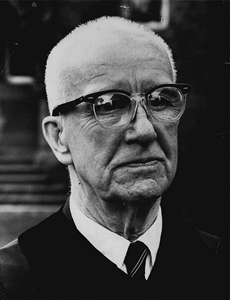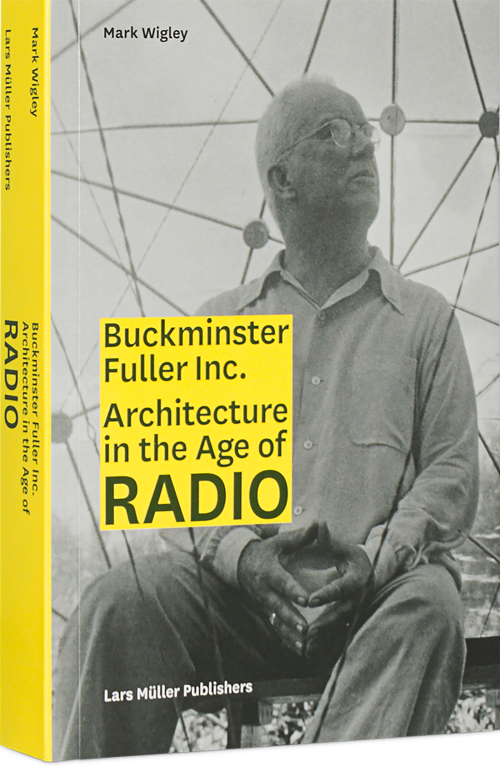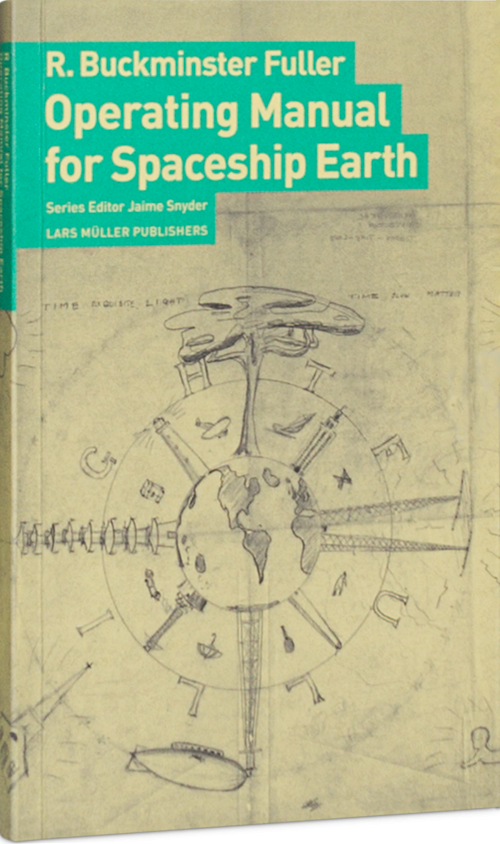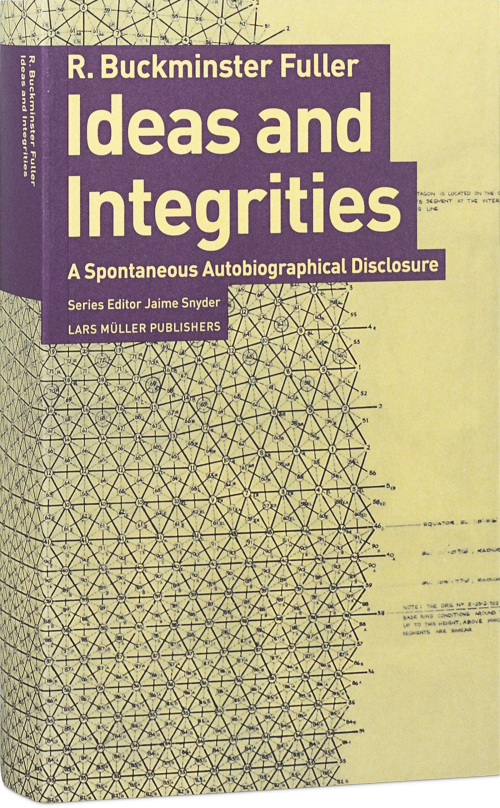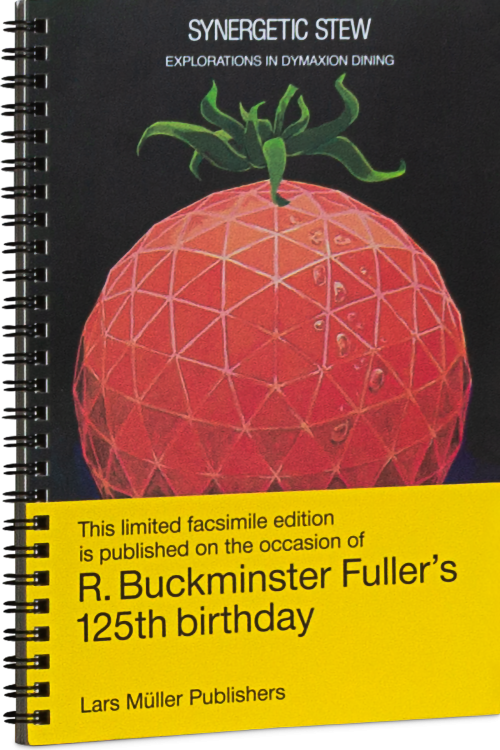
And It Came to Pass – Not to Stay
And it Came to Pass – Not to Stay brings together a selection of Buckminster Fuller’s lyrical and philosophical best, including seven “essays” in a form he called his “ventilated prose” which address global crises and his predictions for the future. These essays, including “How Little I Know,” “What I am Trying to Do,” “Soft Revolution,” and “Ethics,” put the task of ushering in a new era of humanity in the context of “always starting with the universe.” In rare form, Fuller elegantly weaves the personal, the playful, the simple, and the profound.
And it Came to Pass – Not to Stay brings together a selection of Buckminster Fuller’s lyrical and philosophical best, including seven “essays” in a form he called his “ventilated prose” which address global crises and his predictions for the future. These essays, including “How Little I Know,” “What I am Trying to Do,” “Soft Revolution,” and “Ethics,” put the task of ushering in a new era of humanity in the context of “always starting with the universe.” In rare form, Fuller elegantly weaves the personal, the playful, the simple, and the profound.
